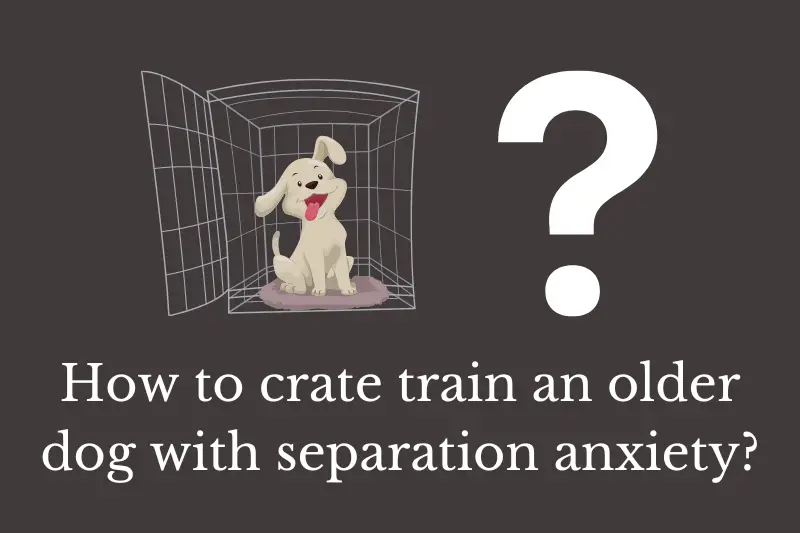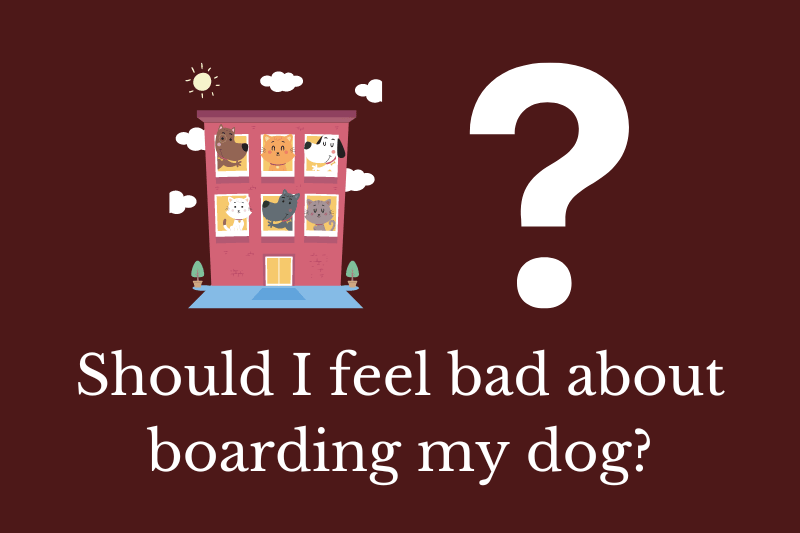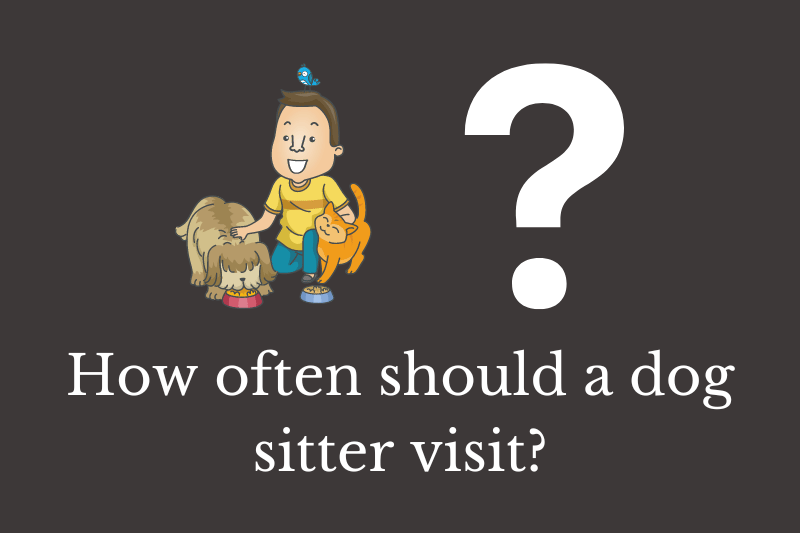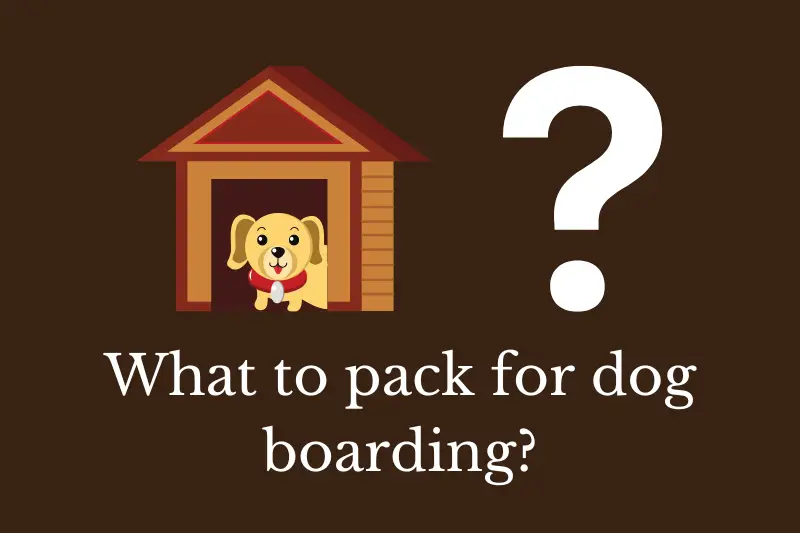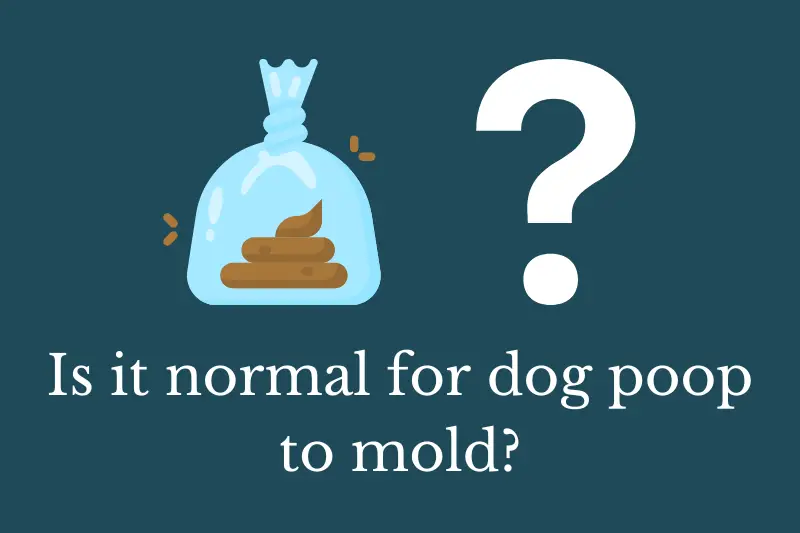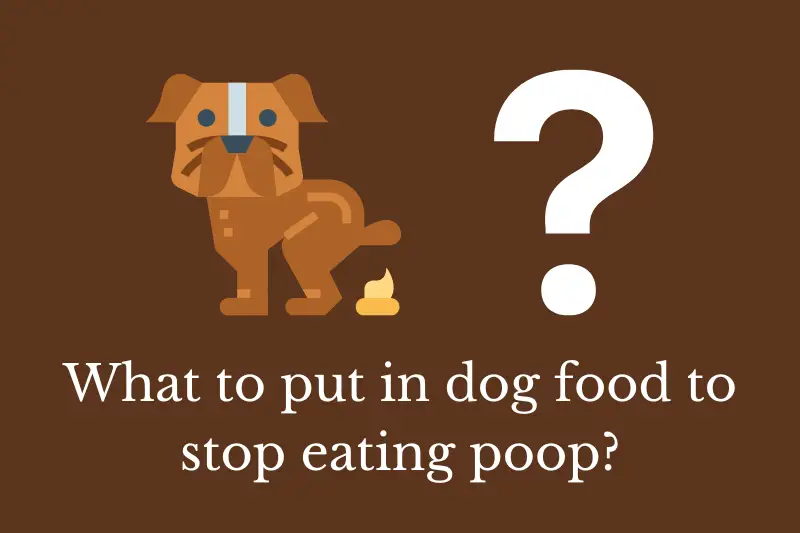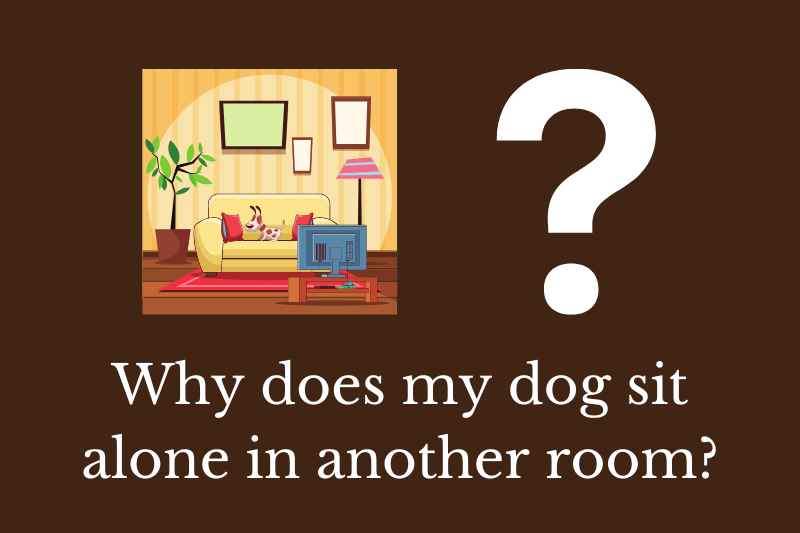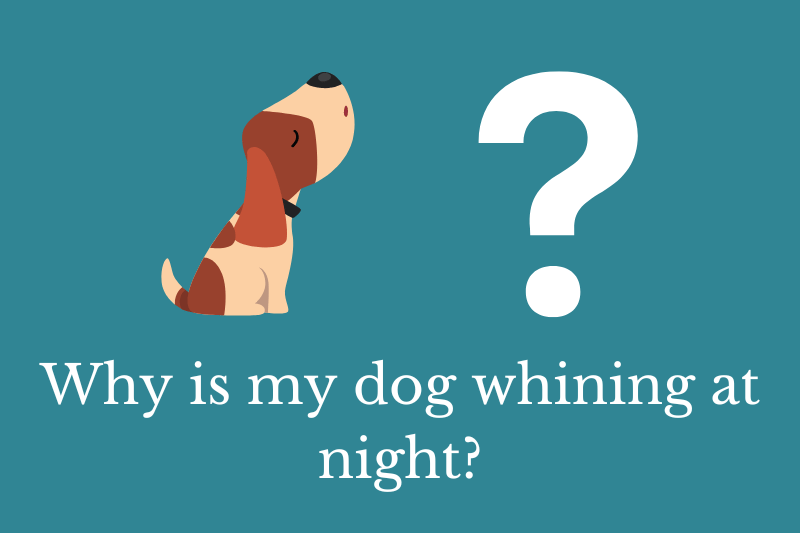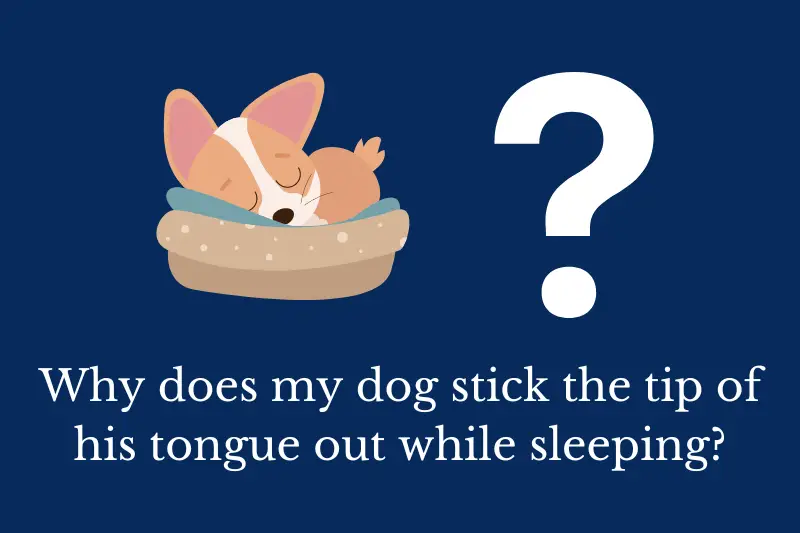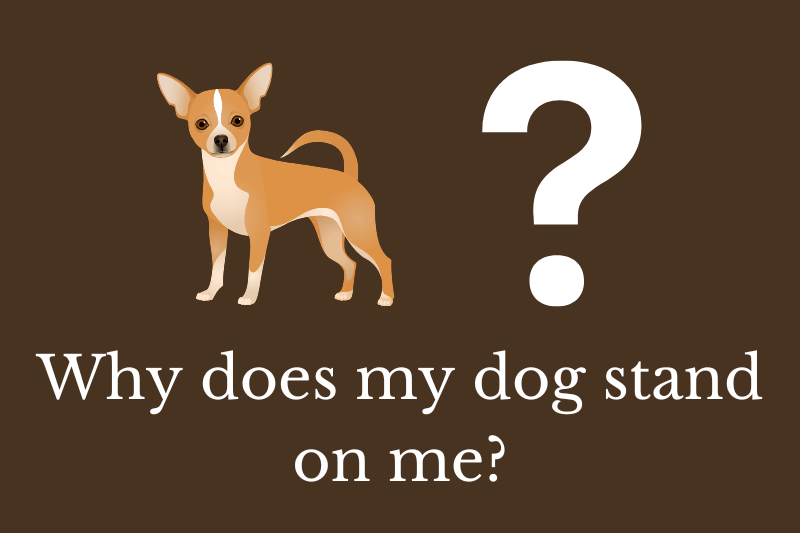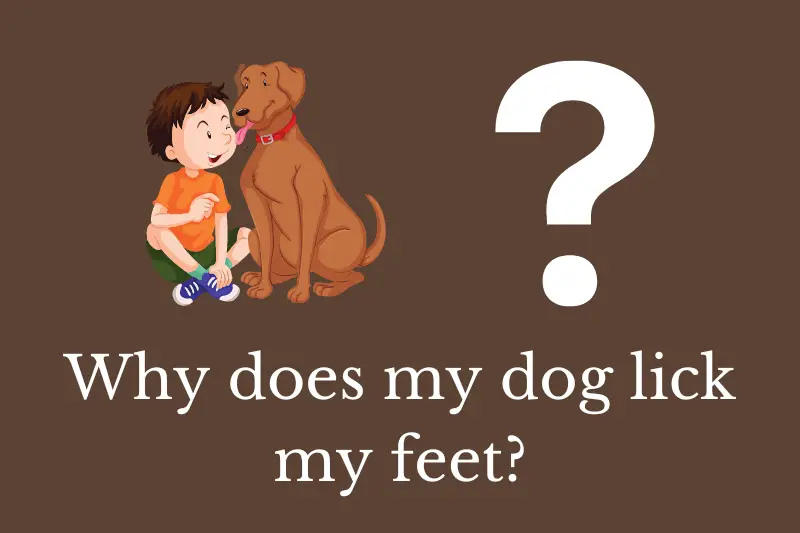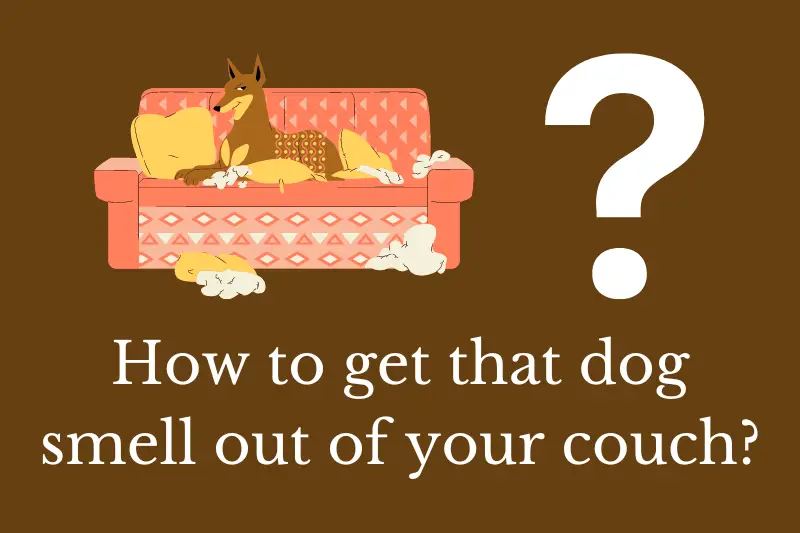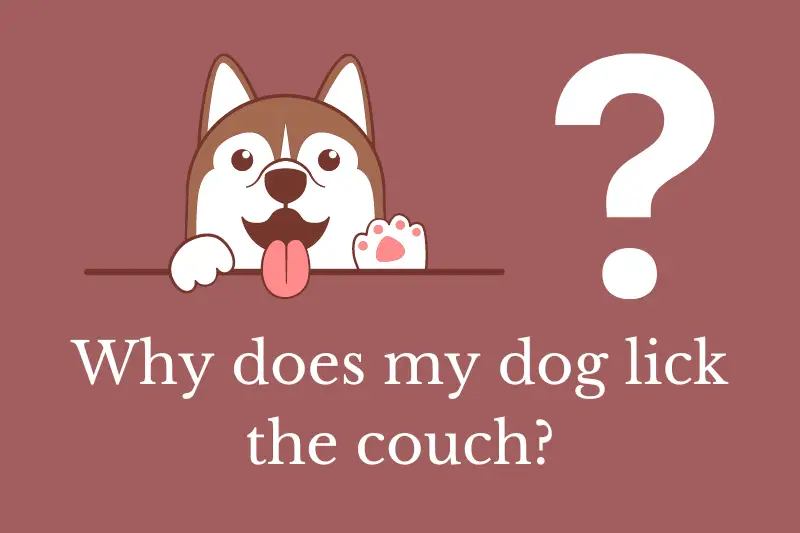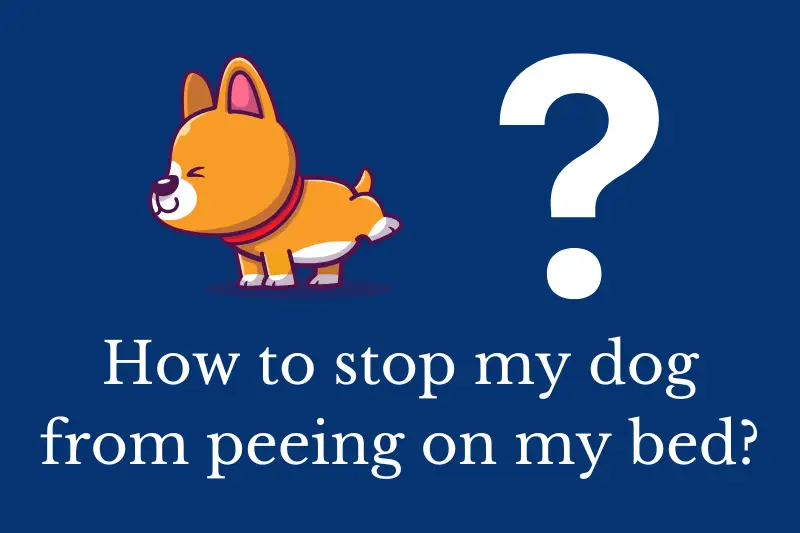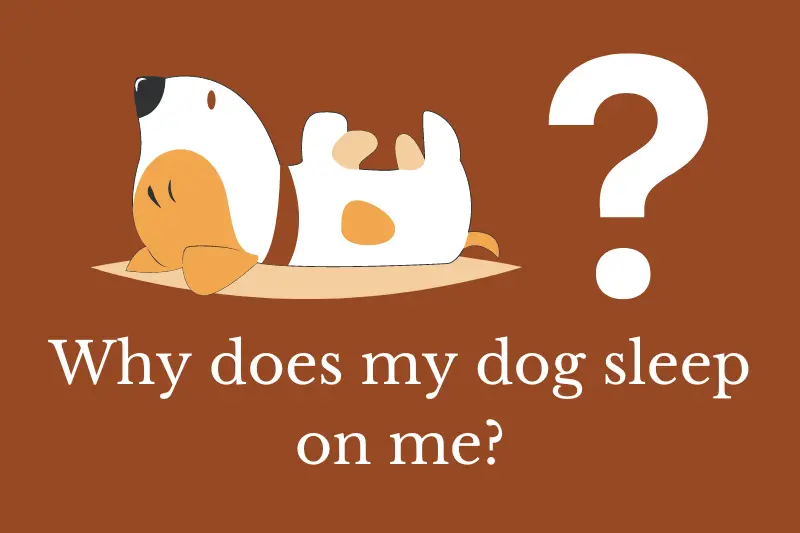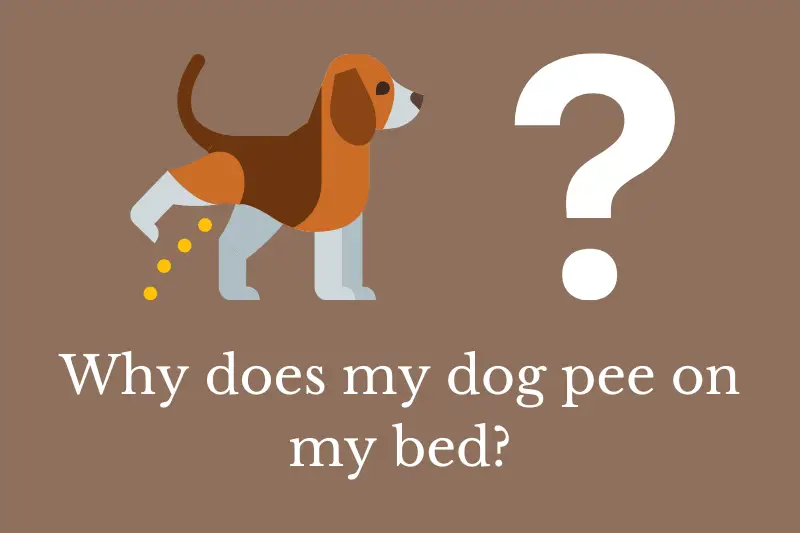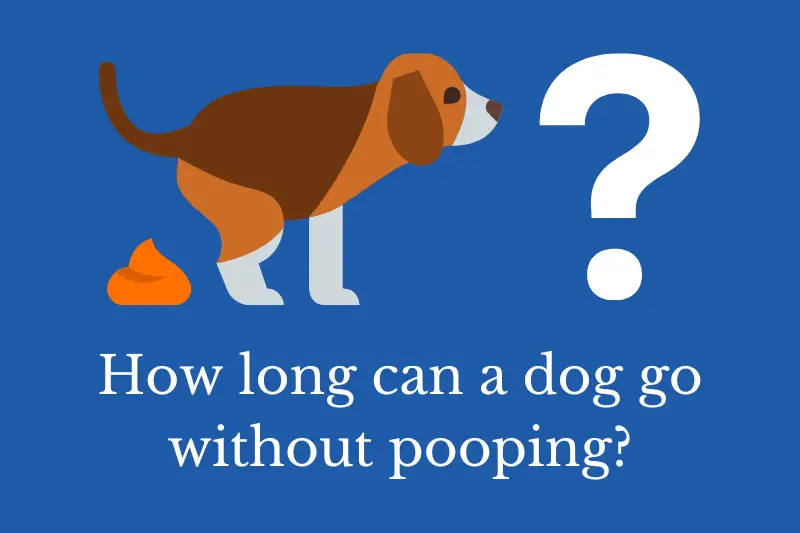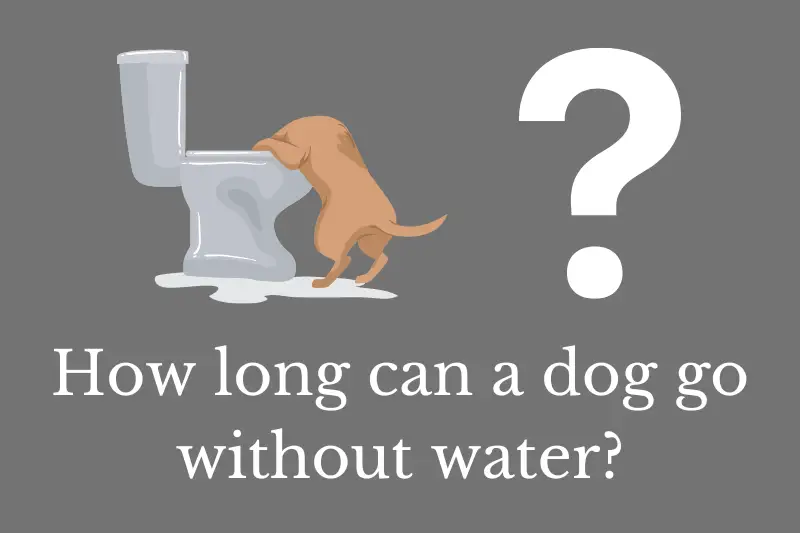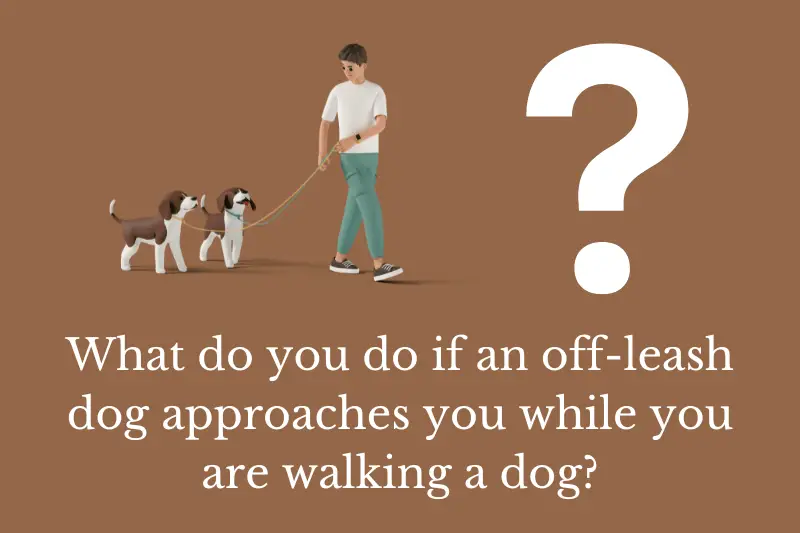Crate training can be an effective tool for managing separation anxiety in older dogs. However, it is important to understand that crate training alone may not completely eliminate separation anxiety. It is recommended that you work with a veterinarian or a certified animal behaviorist to develop a comprehensive plan to manage your dog’s separation anxiety.
Before you begin crate training, it is important to choose the right size crate for your dog. The crate should be large enough for your dog to stand up, turn around, and lie down comfortably. However, it should not be so large that your dog has room to use one end as a bathroom and the other end as a sleeping area. A crate with a divider can be helpful if you have a growing puppy or if you need to adjust the size of the crate.
How to crate train an older dog with separation anxiety?
The first step in crate training an older dog with separation anxiety is to make the crate a positive and comfortable space. You can do this by placing the crate in a quiet area of your home, away from any distractions. You can also place a comfortable bed or blanket in the crate, as well as some of your dog’s favorite toys.
Next, begin introducing your dog to the crate gradually. Start by leaving the crate door open and placing treats or toys inside the crate to encourage your dog to enter on their own. You can also try feeding your dog their meals inside the crate to help them associate it with positive experiences.
Once your dog is comfortable entering and exiting the crate on their own, you can begin closing the door for short periods of time. Start by closing the door for just a few seconds, then gradually increase the amount of time your dog spends in the crate with the door closed.
It is important to monitor your dog’s behavior while they are in the crate. If they become anxious or distressed, you may need to take a step back and spend more time working on crate training in shorter increments.
When you are ready to leave your dog alone in the crate, start with short periods of time, such as 10-15 minutes, and gradually increase the length of time your dog spends in the crate. It can be helpful to provide your dog with a special treat or toy to occupy their time while they are in the crate.
If your dog continues to exhibit signs of separation anxiety, such as excessive barking, destructive behavior, or soiling in the crate, it is important to seek professional help. A veterinarian or certified animal behaviorist can help you develop a comprehensive plan to manage your dog’s separation anxiety, which may include medication, training, and behavior modification techniques.
Other ways to help a dog with separation anxiety
In addition to crate training, there are several other steps you can take to help manage your dog’s separation anxiety. These may include:
- Gradually increasing the amount of time your dog spends alone, starting with just a few minutes and gradually increasing to longer periods of time.
- Providing your dog with plenty of exercise and mental stimulation before you leave them alone in the crate.
- Using calming pheromone products, such as Adaptil, to help reduce your dog’s anxiety.
- Providing your dog with a comfortable and secure space, such as a crate or a designated area in your home, where they can feel safe and secure.
- Avoiding punishments or negative reinforcement, as this can exacerbate your dog’s anxiety.
- Seeking professional help, such as working with a veterinarian or certified animal behaviorist, to develop a comprehensive plan to manage your dog’s separation anxiety.
Summary
In summary, crate training can be a useful tool for managing separation anxiety in older dogs. However, it is important to work with a veterinarian or certified animal behaviorist to develop a comprehensive plan to address your dog’s anxiety. With patience, consistency, and positive reinforcement, you can help your dog feel more comfortable and secure when left alone.

